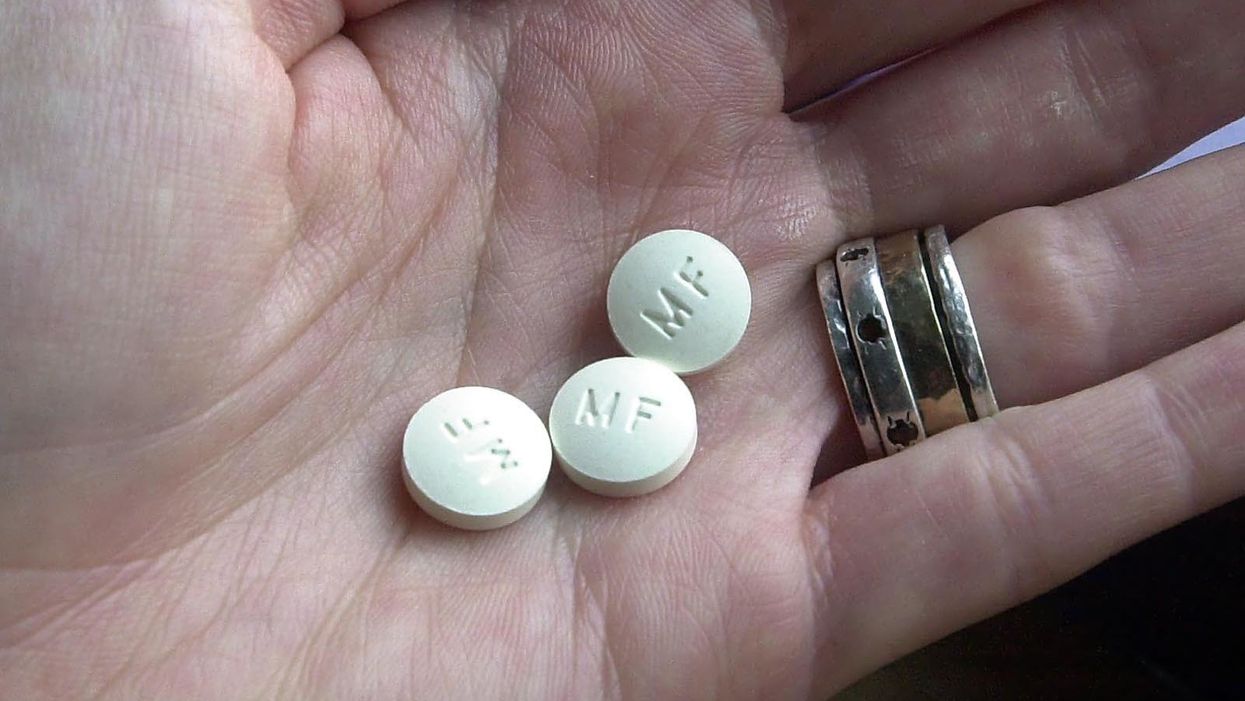
Bill Grenblatt/Liaison/Getty Images

It also gives guidance on how to skirt federal regulations.
In case anyone needed a basic walk-through on how to end the life of their unborn child without having to seek out medical oversight in the process, a post published at Vice on Monday offers readers guidance on how to do just that with abortion pills obtained over the internet.
"[D]oing your own abortion in 2020 looks a lot different than it did pre- Roe v. Wade," the post begins:
People who self-induced abortions in the decades before the landmark Supreme Court ruling sometimes resorted to drinking toxic chemicals, throwing themselves down the stairs, or using crude instruments like knitting needles or a coat hanger, the latter of which has become a universal symbol of the life-threatening consequences of restricting people's access to abortion care. The hanger may still function as a powerful image, but it's no longer accurate when it comes to representing what it means to self-induce an abortion: Self-inducing or self-managing an abortion is now synonymous with taking pills, a safe and effective method of ending a pregnancy.
While the piece admits that buying abortion drugs online is a violation of federal Food and Drug Administration rules, it also points out that "there are several websites where people can buy the drugs online." The piece also instructs patients on where they can go online to get the pills, and points them to a report card website run by a pro-abortion nonprofit, which ranks the services on things like shipping time and quality of the product.
In 2019, an FDA spokesperson told NBC News that, though it's illegal to order prescription drugs on the internet, the agency "generally does not take enforcement action against individuals who purchase medicines online for their own personal use."
But, aside from the procurement of the pills themselves, there's also the legality of the abortion to think about about. The piece cautions readers that self-induced abortions are explicitly forbidden by law in five states — Arizona, Delaware, Idaho, Oklahoma, and South Carolina — while 38 others have laws meant to protect the well-being of unborn children.
Further down the piece, the reader is walked through a basic explanation of the process in which one pill is taken to kill the unborn child and another one is taken later to cause contractions that expel the child from the womb. Readers are also given advice about how to deal with pain that results from the procedure as well as what to do if complications occur, such as fever, infection, or hemorrhaging.
But while the story argues that a do-it-yourself chemical abortion is safe, others have raised concerns about the procedure.
"The abortion industry markets the abortion pill as straightforward and safe," wrote Patrina Mosely, director of Life, Culture and Women's Advocacy at the Family Research Council, in December. "In reality, chemical abortions are a multi-day traumatic process that comes with over 4,000 documented life-threatening and health endangering risks."
Earlier this month, a group of Republican senators announced an effort to ban chemical abortions conducted via telemedicine, citing safety concerns about the process not being personally overseen by a physician.
"Chemical abortions already put women at astonishing risk, and mail-order abortions put up even more barriers between women and critical medical care," said Sen. John Kennedy (R-La.) of the legislation in a statement. "If we really want to protect vulnerable women and children, we have to stop the dangerous trend of mail-order abortions."